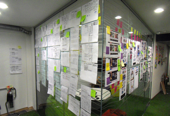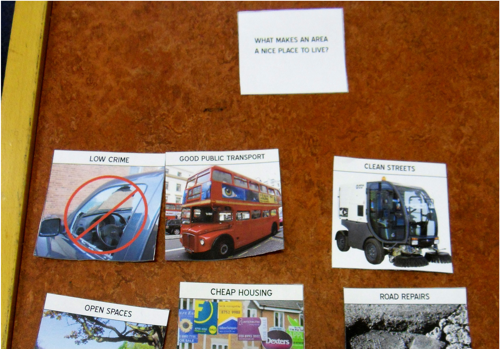

Lewisham Council Cleaner Communities
A Service Design project working with a local government within London to tackle the social issue of illegal waste disposal effecting the London borough of Lewisham.
Investigating the problem
The project began with a deep qualitative and quantitative research period as it was important to understand the problem from the point of view of local residents.
I started by reaching out to local online community groups and bloggers. Once I had enough contacts I was able to get a wider range of opinions by sending out questionnaires and starting online dicussions.
In the UK in 2009 there were 1,164,281 cases of fly-tipping costing the government £55,000,000.
In-depth qualitative research
- Gathering photo evidence
- Using map data to identify problem areas
- Card sorting to engage local residents
- Shadowing landlords to understand their frustrations
- Qualitative questionnaires as part of diary studies
- Prototyping possible solutions
Ethnographic research techniques allowed me to really understand the frustrations of local residents. This was also the first time the council was able to see the problem from such an empathetic point of view.
In Lewisham alone, 1,500 mattresses were being disposed off illegally every month
Proposed solution


The proposed solution was a multichannel booking system allowing local residents to reserve collections. Due to a number of significant pain points and uncontrollable factors, reducing the amount of waste was beyond the scope of the project.
By introducing a tagging and collection service however, we would instead tackle the amount time mattresses, sofas and household waste remained in the streets improving the overall ambience of the borough.
Designed with frontline staff in mind


The proposed solution also took into account the service providers. Potential cost restrictions meant that it was important to adapt any existing technology/tools that the teams were already using.
With potentially over 50 collections a day, creating a system that efficiently calculated the best route for the council teams, which also allowed for instant feedback for the service user, was also included in the proposal.













